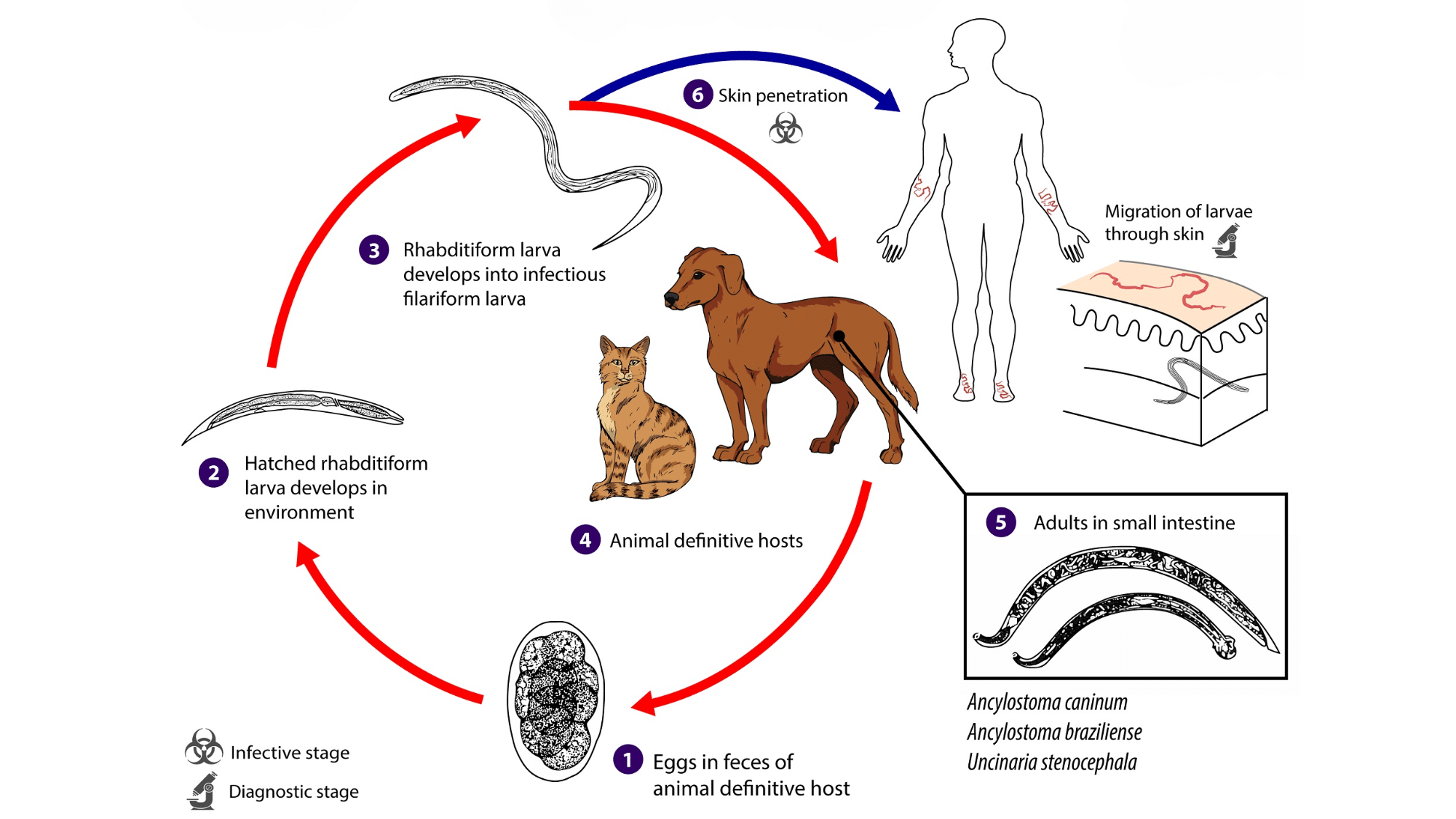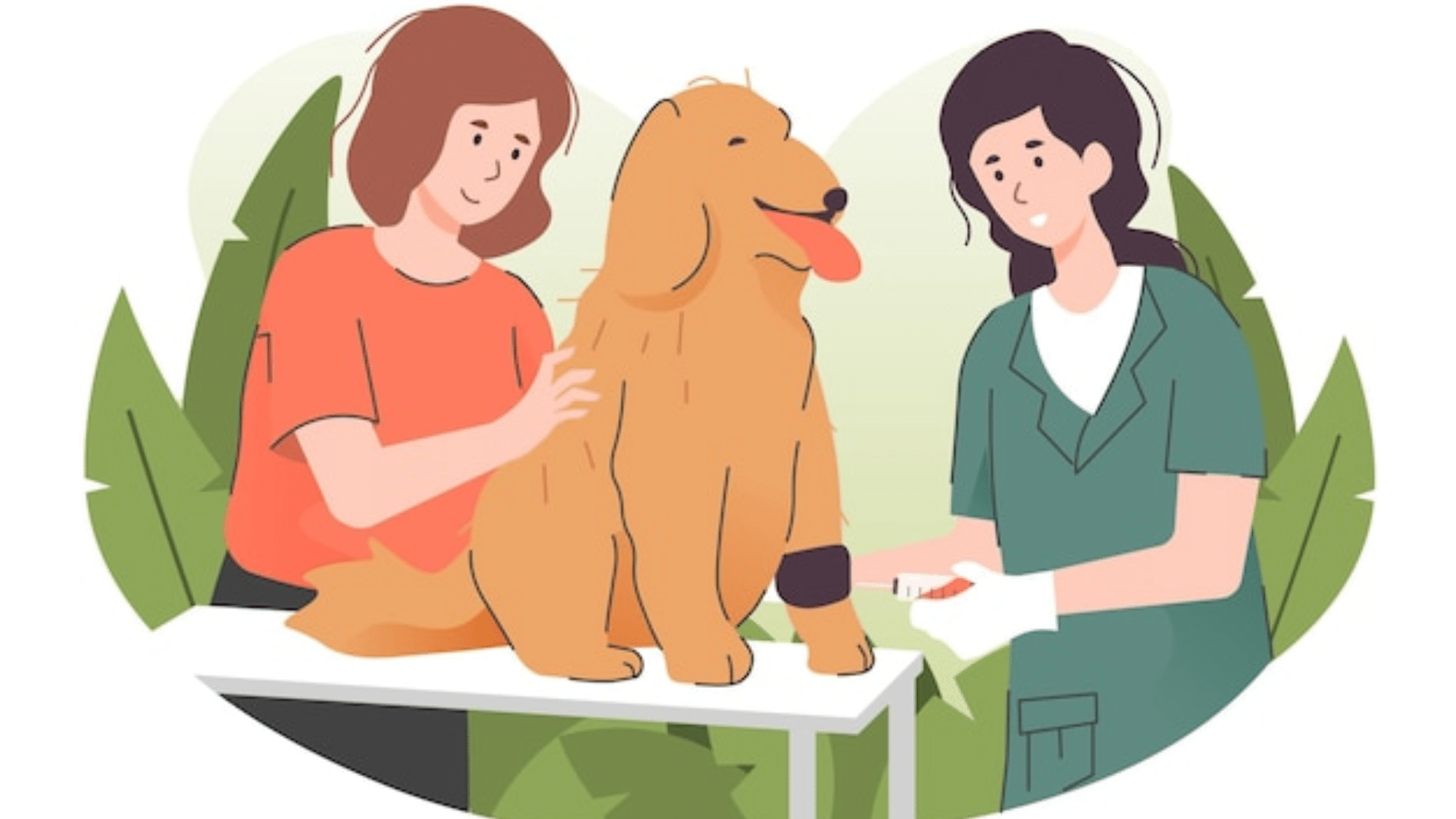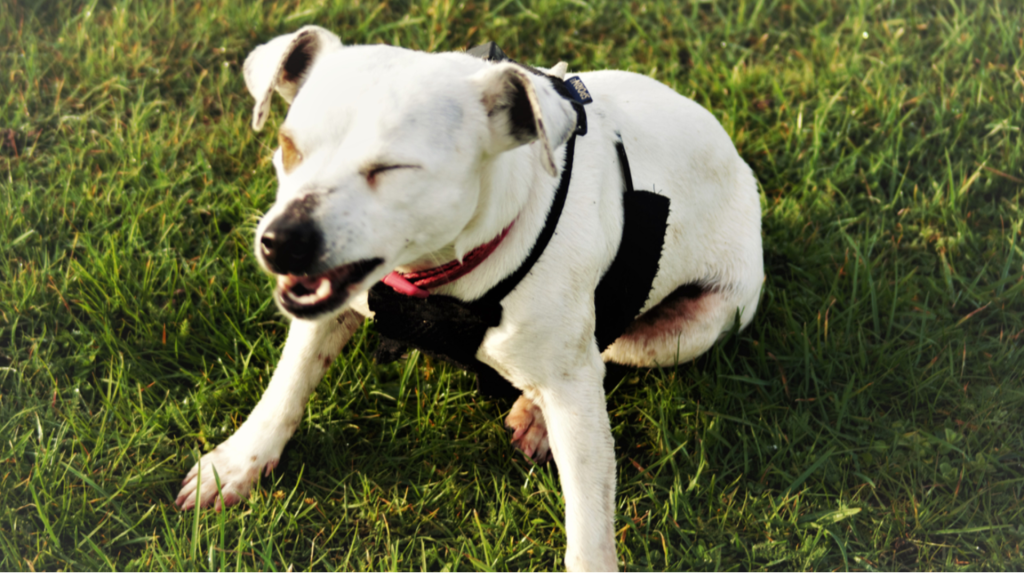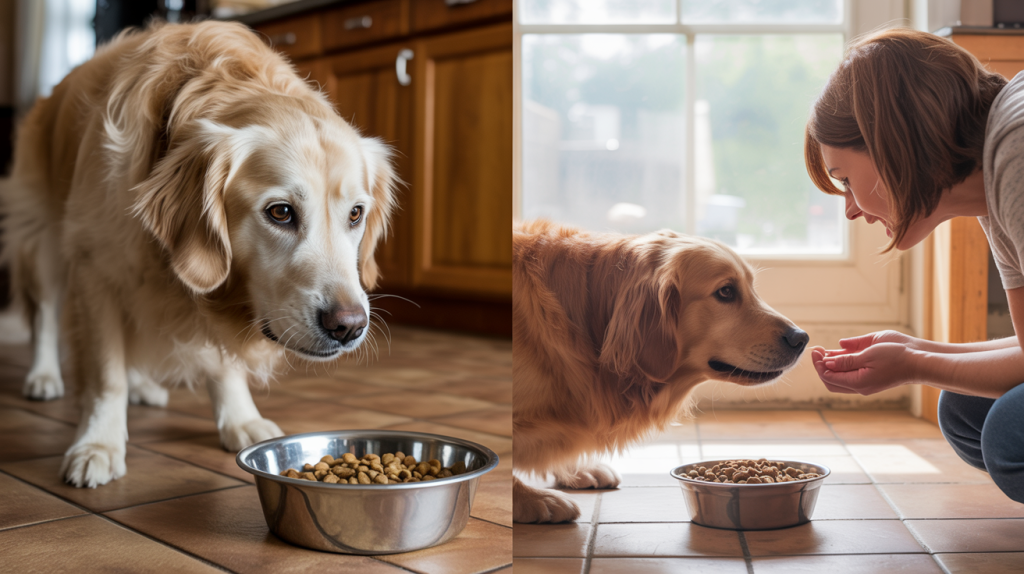Hookworms are often overlooked parasites that can lead to serious health issues, including anemia, weakness, and digestive problems, in dogs.
This comprehensive blog provides dog owners with everything needed to combat these parasites effectively.
Readers will learn to identify hookworm symptoms in dogs, understand the parasite’s lifecycle, and discover proven strategies for how to get rid of hookworms in dogs.
Also covers prevention methods that keep dogs safe from future infections, helping pet parents become informed advocates for their dog’s well-being.
What Exactly Are Hookworms?
Hookworms are tiny parasitic worms that make themselves at home in a dog’s small intestine.
These thread-like creatures measure less than an inch long, but they pack a serious punch when it comes to causing health problems.
The worms get their name from their hook-shaped mouth parts, which they use to latch onto the intestinal wall. Once attached, hookworms feed on the dog’s blood like tiny vampires.
The most common species that cause hookworm symptoms in dogs are Ancylostoma caninum and Ancylostoma braziliense.
While small in size, these parasites can cause significant health issues, especially in puppies and older dogs with weakened immune systems. Later, these become difficult to diagnose as hookworm symptoms in dogs.
Lifecycle of A Hookworm
The hookworm lifecycle begins when infected dogs pass microscopic eggs through their feces.
These eggs hatch into larvae within 2-8 days in warm, moist soil, then develop into an infective stage over 5-10 days.
Dogs become infected when larvae burrow through their skin or when they swallow larvae while grooming or eating grass.
Once inside, larvae travel through the bloodstream to the lungs, get coughed up, swallowed, and settle in the small intestine to mature into blood-feeding adult worms that eventually emerge as hookworm symptoms in dogs.
Common Symptoms of Hookworms in Dogs and What They Mean
Puppies typically exhibit symptoms more rapidly and more severely than adult dogs. Some dogs may have no visible signs in the early stages.
| Symptom | What It Looks Like | Why It Happens |
|---|---|---|
| Pale Gums | White or very light pink gums instead of healthy pink gums | Blood loss from hookworms’ feeding causes anemia |
| Dark, Tarry Stool | Black, sticky poop that looks like tar | Digested blood from intestinal bleeding |
| Diarrhea | Loose, watery bowel movements, sometimes with blood | Intestinal irritation and damage from worms |
| Weight Loss | The dog gets thinner despite normal eating | The body can’t absorb nutrients properly |
| Lethargy | Less energy, sleeping more, reluctant to play | Anemia and weakness from blood loss |
| Poor Coat | Dull, rough, or thinning fur | Malnutrition from nutrient loss |
| Coughing | Dry cough, especially in early infection | Larvae migrate through the lungs |
Symptoms in Puppies vs Adult Dogs
Puppies show symptoms faster and more severely due to their small size and weaker immune systems.
Signs include pale gums, bloody diarrhea, rapid weight loss, and lethargy. In severe cases, untreated infections can be fatal.
Adult dogs may have milder or no visible symptoms at first. Common signs include occasional diarrhea, weight loss, and a dull coat. Regular vet checkups help catch hidden infections early.
How to Get Rid of Hookworms in Dogs and Puppies
Beating hookworm symptoms in dogs isn’t just about giving one pill and hoping for the best. These stubborn parasites need a well-planned attack that hits them at different life stages.
The right medications, correct timing, and a veterinarian’s expert guidance make the difference between success and the problem recurring.
Vet-Recommended Medications
Veterinarians select deworming medications based on the hookworm symptoms in dogs, age of the pet, weight, and infection severity.
Puppies require gentler formulations since their developing systems can’t handle stronger treatments.
Veterinarians often prescribe combination dewormers that target multiple parasite types simultaneously, providing broader protection.
- Pyrantel pamoate: Safe for young puppies, kills adult worms.
- Fenbendazole: Broad-spectrum treatment for multiple parasites.
- Moxidectin: Long-acting protection against reinfection
Disclaimer: Always consult your veterinarian before giving your dog any medication. This blog is intended for informational purposes only and does not replace professional veterinary advice. The right treatment depends on your dog’s health and should never be guessed at home.
Follow-Up Treatment Schedule
- Initial Deworming: Your vet will prescribe a dewormer, often repeated after 2–3 weeks.
- Repeat Treatments: Hookworms have a life cycle that may require treating again at 2 and 4 weeks after the first dose.
- Puppies: Often dewormed at 2, 4, 6, and 8 weeks of age, then monthly until 6 months old.
- Fecal Tests: A stool sample is usually rechecked 2–4 weeks after treatment to confirm all worms are gone.
- Monthly Prevention: Ongoing monthly heartworm preventives often protect against hookworms too.
Always follow your vet’s specific instructions, as timing may vary based on your dog’s age, health, and severity of infection.
At-Home Recovery Care
After proper treatment and medical attention, your pet requires care to ensure a proper recovery. Keep these essentials in mind as recovery tips:
- A high-protein diet helps restore energy and red blood cells lost to hookworms, which feed on blood continuously.
- Wash bedding daily in hot water to destroy hookworm eggs and prevent reinfection from contaminated sleeping areas.
- Clean up feces immediately. Hookworm eggs take 2–8 days to become infective, so fast removal stops the cycle early.
- Limit physical activity during recovery. Anemic dogs need rest. Gradual reintroduction of exercise supports safe healing.
Why Professional Guidance Matters
Veterinarians provide accurate diagnoses of hookworm symptoms in dogs through microscopic fecal examinations.
Determine proper medication dosing based on weight and age, monitor for anemia complications, and schedule treatment to maximize effectiveness.
Self-treatment often fails because it misses the precise timing required to break the hookworm lifecycle completely.
Keep the Hookworms Away – Pro Tips for Prevention
Dogs often contract infections from unhygienic, contaminated areas, such as parks or muddy yards. Consistent monthly preventatives, vet checkups, and clean environments reduce the risk.
Hookworm larvae thrive in warm, moist soil, so year-round protection is key to keeping dogs safe and healthy.
Prevention tips:
- Avoid high-traffic dog zones like parks or kennels.
- Prevent access to sandy or muddy play areas.
- Keep yards clean, dry, and free of waste.
- Treat all pets in the household simultaneously.
- Stick to monthly parasite preventatives throughout the year.
Conclusion
Hookworms may be tiny, but their impact on a dog’s health can be enormous. These blood-sucking parasites turn everyday walks into potential health hazards, yet dog owners now have the knowledge and tools to fight back effectively.
Success in combating hookworm symptoms in dogs requires three key elements: staying alert for early warning signs, acting promptly when symptoms appear, and maintaining consistent prevention measures year-round.
Regular vet checkups, monthly preventatives, and smart environmental practices create a strong defense system.
The best treatment for hookworms is never needing one. Responsible dog ownership means making hookworm prevention a priority today.













